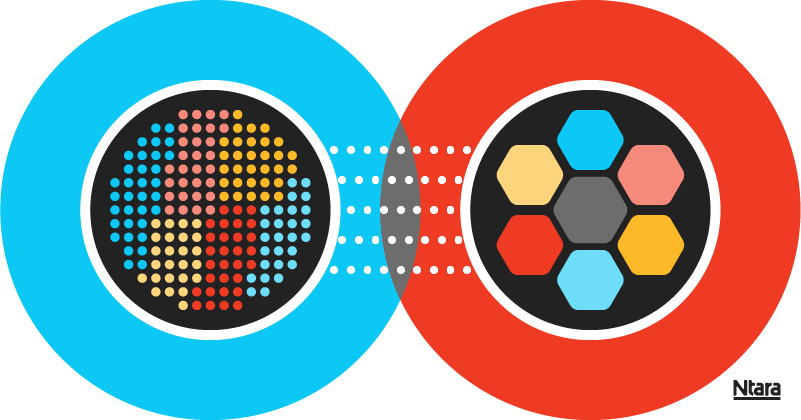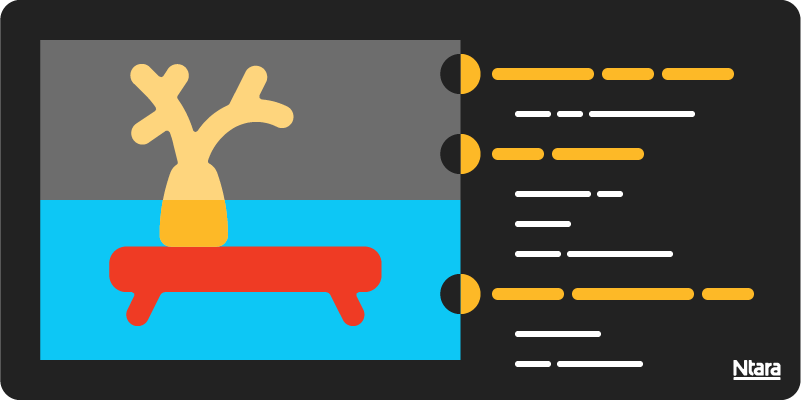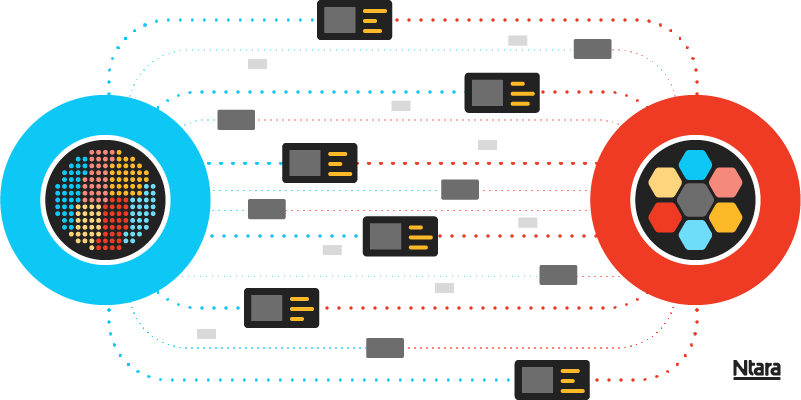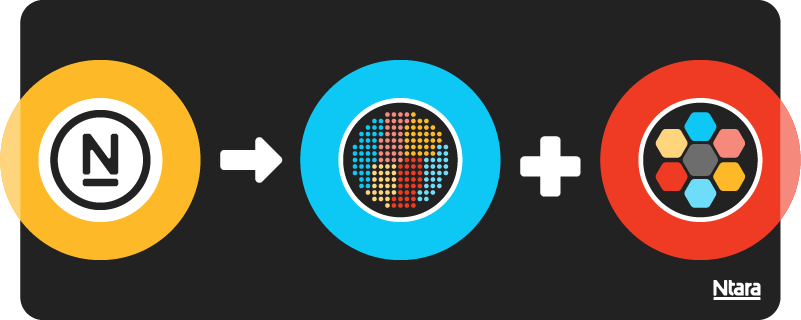Selling on the digital shelf requires extensive product data management. And thanks to PIM software, many organizations have successfully established a marketing single source of truth for attributes like product descriptions, dimensions, colors, etc.
Most PIM software applications include basic DAM capabilities, providing a reference for accessing or publishing a product’s images and videos. However, as you start to rely more on digital assets to complement your product data, you may require additional capabilities and governance.
Rather than a digital asset just riding shotgun with the PIM record, there are cases where the digital assets need to be managed as separate objects. These digital assets will have their own metadata and taxonomy structure, and they will be subject to governance workflows to support advanced use cases, such as digital rights management.

That’s where a PIM application can intersect with DAM software for added benefit. With PIM + DAM, you gain the management governance capabilities you need for product attributes and digital assets. This powerful software duo helps support an accurate and compelling product experience from end to end.
Let’s dive deeper into how this works.
Leveraging metadata for PIM + DAM
Just like product specifications, digital assets have a unique lifecycle that presents challenges along the way. Some of these challenges relate to the “object” itself (e.g., the actual digital asset) and others to the asset’s metadata.

This is where a combination of PIM + DAM excels—helping you manage the asset, its context, and the related attributes for a complete 360 perspective for your product.
Let’s look at three examples:
1. Maintaining digital asset quality through governance
Just like product information, digital assets are often scattered across the organization — stored in shared network folders and/or on individual personal computers and passed around via email—much like the intra-office yellow folders from the 1990s.
Without a single source of truth and business rules that govern it, organizations can easily lose control of their assets, and the assets can become a liability.
The consequences and risks aren’t limited to lost sales. Industrial manufacturers, for example, face safety liability and repercussions. The wrong image or attribute in a user manual could cause injury or lead to substantial fines.
The difference in 120 volts vs 240 volts is significant. You don’t need that type of liability on your hands.
Touché?
In PIM software, product information is managed. In DAM software, the digital asset can be managed in similar ways. The asset is its own object and can be put through its own workflows and business rules. The asset can be transformed to fit a particular channel.
2. Digital rights management
Let’s say you hire an agency to create product images, some use a model holding your product. Your rights to use these assets are likely dictated by a contract with the “hand model” that includes expiration dates, the allowable number of uses, and certain channel restrictions.
How will you notate the guidelines for each asset? How will you track compliance? And what happens if the contract is renewed or changed? Without DAM software, this type of context is challenging to track. You can quickly lose control once the asset hits an email chain and enters the wild.
But with a DAM, you gain control and clarity over the metadata and context of your digital assets. And when integrated with PIM, any changes can be automatically updated across systems and channels based on business rules and workflows.
3. Digital asset transformations
Digital assets are vital in digital commerce. After all, a product page’s hero image often seals the deal. And everything below the fold informs the sale. Yet managing a diverse range of assets—while following brand guidelines and specific channel requirements—can be extremely complex.
DAM software can simplify content creation with a “transformation” function. For example, a marketing team can load all branding requirements into DAM, along with channel requirements. Then, when building a LinkedIn ad or Amazon hero image, the software can apply AI or other transformation tools to generate an image fit for purpose. You can manage all your digital content and brand assets with controlled access and usage rights, organized and optimized for each business case or campaign.
The power of PIM + DAM
Establishing a single source of truth for digital assets and product data is a must for digital commerce. By leveraging the power of PIM + DAM, teams can sell more, faster than ever — with consistent branding, compliance, and an exceptional product experience.

Before you dive into an integrated approach, consider how you’ll:
- Select the most suitable DAM software for your specific needs
- Ensure seamless integrations between PIM and DAM software
- Evaluate migration or upgrade paths to facilitate a smooth transition
Plus, how you’ll manage all the nuances of a successful DAM software implementation, such as:
- Determining the right taxonomy for digital assets and how that compares to your PIM data model
- Defining the necessary roles and personas
- Establishing clear business rules for metadata
- Establishing automated processes and workflows between PIM and DAM through robust integrations
PIM + DAM made easy: Team up with trusted experts
With a rich history in product information consulting, Ntara knows PIM and DAM. Our consultants understand the nuances of designing a unified data practice (i.e., infrastructure + process) that meets your exact needs.

We are laser-focused on product experience management, empowering businesses to streamline their entire product process, from inception to implementation to digital shelf optimization.
If you’d like to speak with a member of our team about PIM + DAM, get in touch.